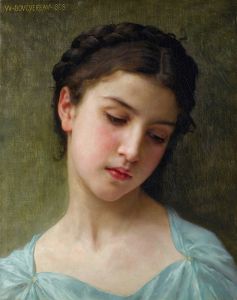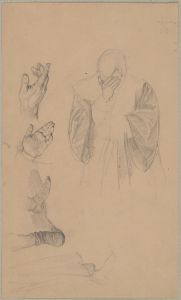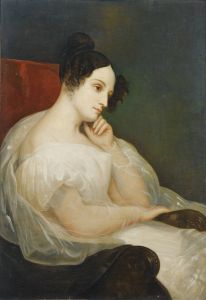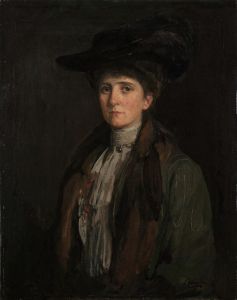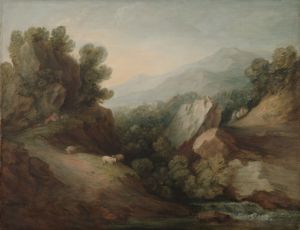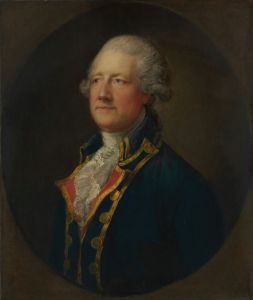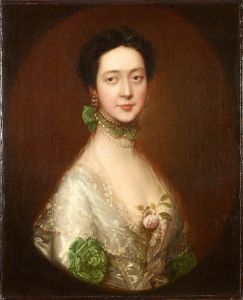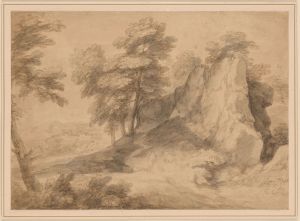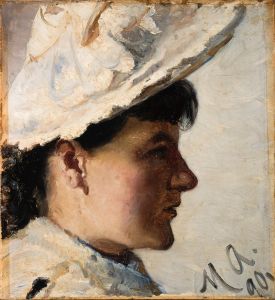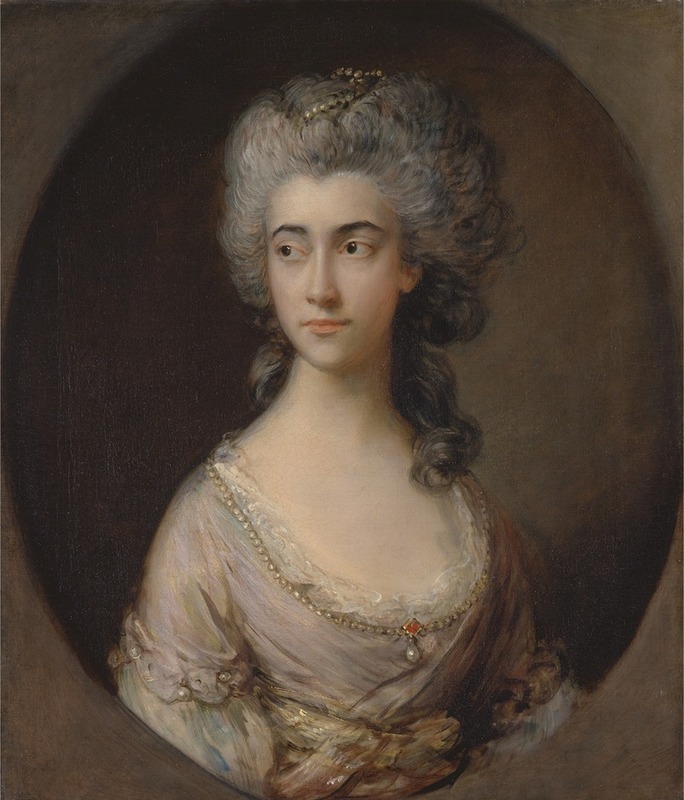
Mary Heberden
A hand-painted replica of Thomas Gainsborough’s masterpiece Mary Heberden, meticulously crafted by professional artists to capture the true essence of the original. Each piece is created with museum-quality canvas and rare mineral pigments, carefully painted by experienced artists with delicate brushstrokes and rich, layered colors to perfectly recreate the texture of the original artwork. Unlike machine-printed reproductions, this hand-painted version brings the painting to life, infused with the artist’s emotions and skill in every stroke. Whether for personal collection or home decoration, it instantly elevates the artistic atmosphere of any space.
Thomas Gainsborough, one of the most prominent British portrait and landscape painters of the 18th century, is known for his distinctive style and contribution to the development of portraiture. Among his many works is the portrait of Mary Heberden, which exemplifies his skill in capturing the elegance and character of his sitters.
Mary Heberden was the wife of Dr. William Heberden, a notable physician of the time. The portrait of Mary Heberden by Gainsborough is believed to have been painted in the late 18th century, during a period when Gainsborough was at the height of his career. This painting is a testament to Gainsborough's ability to blend realism with a certain romanticism, a hallmark of his portraiture.
Gainsborough's portraits are renowned for their delicate brushwork and the subtle use of color, and the portrait of Mary Heberden is no exception. The painting captures the sitter with a sense of grace and poise, reflecting the social status and personal dignity of Mary Heberden. Gainsborough often employed a soft color palette, which can be seen in this portrait, where gentle hues and the play of light and shadow create a lifelike representation.
The background of the portrait is typically understated, a common feature in Gainsborough's work, which serves to highlight the subject. This approach allows the viewer to focus on the sitter's expression and attire, which are rendered with meticulous attention to detail. Gainsborough's technique involved the use of thin layers of paint, which contributed to the luminosity and depth of his portraits.
Gainsborough's portraits were highly sought after by the British elite, and his ability to capture the essence of his subjects made him a favorite among the upper classes. His work was characterized by a naturalistic style that contrasted with the more formal and rigid portraiture of his contemporaries. This naturalism is evident in the portrait of Mary Heberden, where the sitter is portrayed with a sense of immediacy and vitality.
The portrait of Mary Heberden is part of Gainsborough's broader body of work that includes numerous portraits of women, each reflecting the fashion and social mores of the time. His ability to convey the personality and status of his sitters has left a lasting legacy in the world of art, influencing generations of portrait artists.
While specific details about the commission and the exact date of the painting of Mary Heberden are not extensively documented, the work remains an important example of Gainsborough's portraiture. It showcases his mastery in creating portraits that are not only visually appealing but also rich in character and expression.
In summary, the portrait of Mary Heberden by Thomas Gainsborough is a significant work that highlights the artist's skill in capturing the elegance and individuality of his subjects. Through his expert use of color, light, and composition, Gainsborough created a portrait that continues to be admired for its beauty and artistry.





